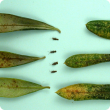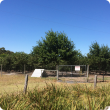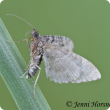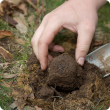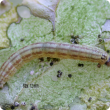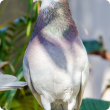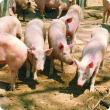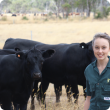Filter by regions:
- (-) Remove Great Southern filter Great Southern
- South West (266) Apply South West filter
- Mid West (252) Apply Mid West filter
- Peel (237) Apply Peel filter
- Wheatbelt (235) Apply Wheatbelt filter
- Perth regions (214) Apply Perth regions filter
- Goldfields-Esperance (209) Apply Goldfields-Esperance filter
- Gascoyne (181) Apply Gascoyne filter
- Kimberley (148) Apply Kimberley filter
- Pilbara (144) Apply Pilbara filter


